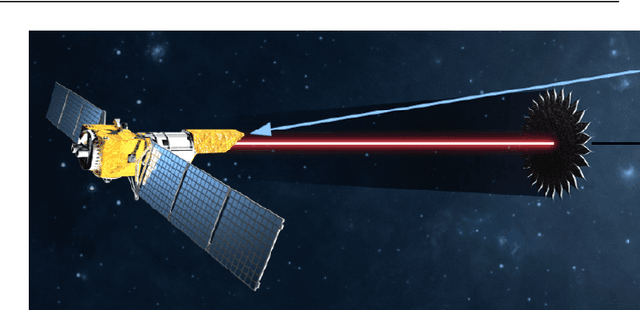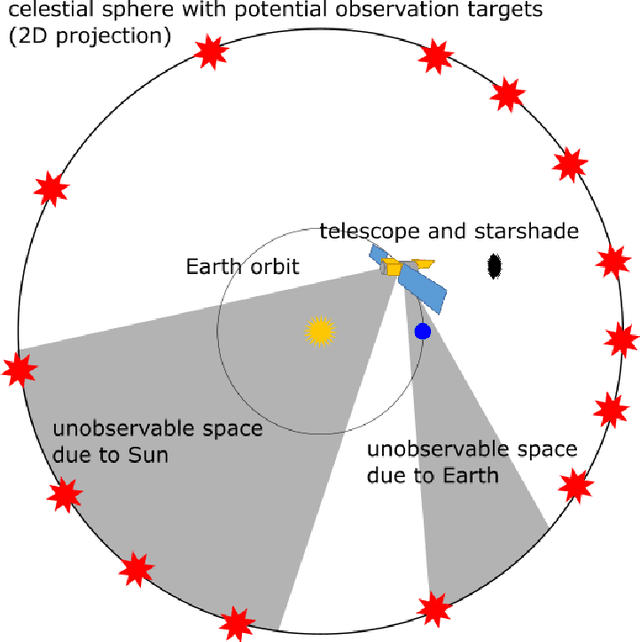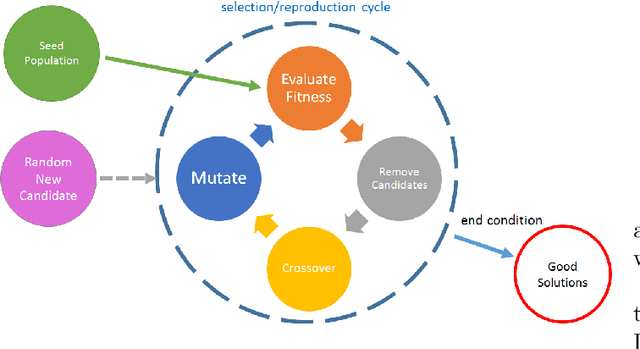Genetic Algorithms for Starshade Retargeting in Space-Based Telescopes
Paper and Code
Jul 23, 2019



Future space-based telescopes will leverage starshades as components that can be independently positioned. Starshades will adjust the light coming in from exoplanet host stars and enhance the direct imaging of exoplanets and other phenomena. In this context, scheduling of space-based telescope observations is subject to a large number of dynamic constraints, including target observability, fuel, and target priorities. We present an application of genetic algorithm (GA) scheduling on this problem that not only takes physical constraints into account, but also considers direct human suggestions on schedules. By allowing direct suggestions on schedules, this type of heuristic can capture the scheduling preferences and expertise of stakeholders without the need to always formally codify such objectives. Additionally, this approach allows schedules to be constructed from existing ones when scenarios change; for example, this capability allows for optimization without the need to recompute schedules from scratch after changes such as new discoveries or new targets of opportunity. We developed a specific graph-traversal-based framework upon which to apply GA for telescope scheduling, and use it to demonstrate the convergence behavior of a particular implementation of GA. From this work, difficulties with regards to assigning values to observational targets are also noted, and recommendations are made for different scenarios.
 Add to Chrome
Add to Chrome Add to Firefox
Add to Firefox Add to Edge
Add to Edge